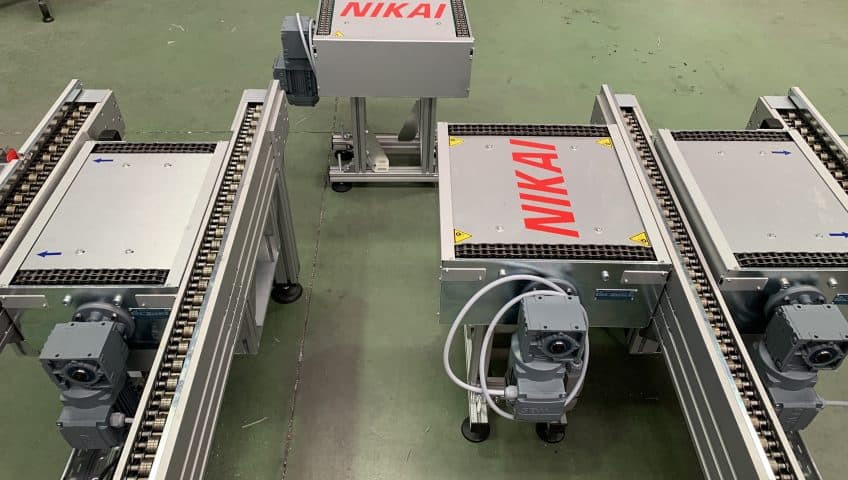In the 21st century, industries are moving towards maximum automation. Almost all processes are improved to be fully or partially automated in order to increase efficiency and reduce the cost. Automobile industries have also, in particular, improved their automation cycles by integrating robots in their manufacturing and assembly procedures. Today, they are continuing to explore the possibility of automating every single handling within the facility. Technologies based on robots and artificial intelligence aids the industry to create a more efficient, flexible, and stable system. Moreover, it allows the automotive industry to be the most automated supply chain in the world.
Automation gives the automobile industry a competitive advantage by allowing them to improve quality, reduce cost expenditure, relieve bottlenecks, increase capacity and eliminate hazardous, difficult, and dangerous processes.
A car is made of at least 30,000 parts and with thousands of wires, it is a complex procedure to assemble all parts into one and create a single working machine. Every step requires a certain amount of efficiency whether it is the installation of doors, windshields or fenders, or spot and arc welding of different parts to the chassis. Automated conveyors play an important role in achieving high efficiency in automotive assembly lines. It consists of various stations like loading, machining, washing, and testing. Different varieties of Cardan Chain conveyor systems are used for automation of machining lines for the automobile industry.
Robots are integrated to perform all operations with the required precision. Along with complexity, high repeatability is also essential where each operation requires to be done in a certain amount of time without lacking and the same design and specifications product is to be mass manufactured. Robots don’t get tired and produce the same result whether it is the first or last with no-to-minimum error or damage. In addition, they reduce waste and variability that may be caused by human error. Their precise vision system and programming are able to detect faulty parts and eliminate them from the assembly line in time, resulting in fewer mistakes, higher customer satisfaction, and lower warranty and repair costs.
Automation of assembly lines in the automotive industry leads to better capacity, quality, and safety in the complete system. The automotive supply chain works on lean strategies where the inventory is minimal but enough to buffer for production delays. The robots manufacture and assemble the parts in a consistent time at a reasonable rate. When even small problems stop the assembly line, the whole production process suffers along with a number of goods created. Robots are not affected by fatigue so cyclic procedures are not tiring and cycle time is constant all day and every day resulting in enhanced production capacity of automotive industries.
As a motto of many automotive industries, safety comes first, thus, preventive measures are essential. Although many jobs in the automotive industry are not free from hazards. For example, burning hazards from molten metal in the foundry and musculoskeletal disorders from heavy lifting and repetitive motions many possible dangers are present. These hazards can only be eliminated if humans are not in contact with these processes. Conveyors in the assembly line help in the transportation of heavy goods easily even at steep inclines. The motorized and automated functions in conveyors help in maintaining the speed of the overall process.
Automotive assembly lines are a new way forward in modern era technology. Due to integration of robots and automated conveyors in assembly lines, the automotive industries are capable of handling flexibility in products. The robots can rapidly move from production and assembly of one part to another with minimal changeover time. In addition, integration of smart conveyors can easily identify different parts and switch to its program rapidly using smart diverters for sortation. One of the best aspects of the automated assembly line is that when a certain design of a car becomes obsolete, the conveyors can be easily programmed for new sets of operation with very little or no additional cost.
Article write by: John Hamlin in collaboration with https://www.iqsdirectory.com/




Write a Comment